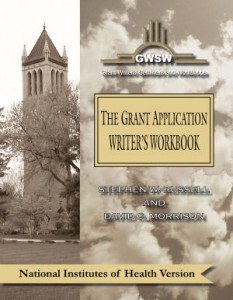As readers of this blog know well, and indeed, as most informed grant applicants interested in NIH funding know, the NIH has recently (May, 2016) instituted a number of policy changes. Foremost among these are changes regarding the critical importance of the underlying Scientific Premise for any proposed research project, as well as the requirement that all proposals must adhere to principles of Scientific Rigor. While it is our suspicion that most applicants will have some general idea as to what truly constitutes scientific rigor, exactly what this means and how this can be achieved in a grant application may be significantly less familiar to applicants. This point has been underscored in a recent editorial by Arturo Casadevall, Founding Editor in Chief, mBio, and Ferric C. Fang, Editor in Chief, Infection and Immunity.
In this editorial, the authors point out that, “Although the word ‘rigor’ is widely used, there has been little specific discussion as to what it means and how it can be achieved.” To address this issue, the authors propose a conceptual framework for scientific rigor in which the concepts of mathematics, logic, philosophy, and ethics are combined into the addressing of five key issues “that include redundant experimental design, sound statistical analysis, recognition of error, avoidance of logical fallacies, and intellectual honesty.” Moreover, the authors provide a number of concrete suggestions as to how the current and future generation of scientists can be effectively trained to think critically about scientific rigor and how it can be achieved. We would suggest that this article should be “must reading” for all scientists interested in introducing scientific rigor into both their grant applications and their performance of scientifically-based studies.

